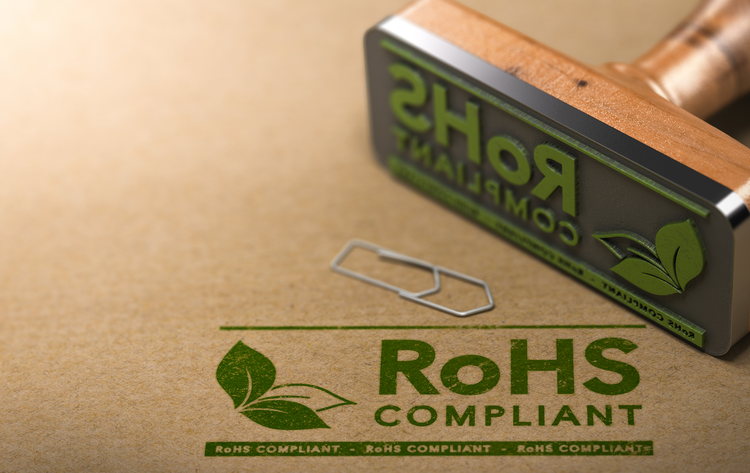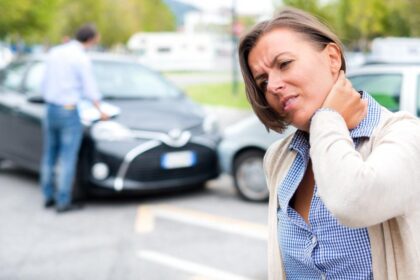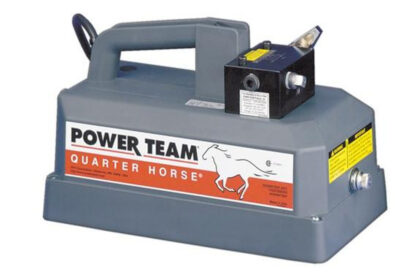The restriction of hazardous substance directive intends to keep a check on the use of certain harmful substances present in electrical and electronic equipment. RoHS was confirmed in February 2003 by the European Union.
If it is confirmed that the portion of harmful and difficult to dispose of substances need to be limited to the maximum allowed. Different countries don’t have RoHS but are incredibly dedicated to the substance restrictions in electric and electronic equipment include:
- Australia
- Canada
- Japan
This does not mean that applying some legal obligation on dangerous substances is usually implemented. RoHS’s objectives are to reduce the risk of exposure to harmful or concerning substances in the market products and services.
The applications inform about some substances to the national agencies to get certificates of authority that are usually compulsory for above a certain threshold.
The RoHS regulations are found worldwide in the case of the Eurasian Economic Union, Turkey RoHS, California, and the United Arab Emirates. Some other RoHS regulations are applied to China RoHS however it is addressed with different sets of labels.
Health-related benefits
RoHS also helps reduce the damage to people and the environment in third-world countries where there are high-technology waste deposits.
The use of harmful substances such as lead and other such components reduces electronics industry workers’ risk in manufacturing operations. Contact with substances of concern now no longer represents the same health damages as it used to.
Reliability Concerns
RoHS’s 1st anniversary passed with little fanfare due to reliability concerns. Many electronics companies keep the RoHS status pages on the corporate website.
Objectives of RoHS
Every RoHS aims to restrict the use of harmful substances containing electronic equipment, which helps protect the environment and human health. The waste of electronic kits becomes easy to recycle again and becomes less harmful.
Scope of RoHS
Depending on different countries, the covered product categories are different. In Europe, RoHS has a greater scope that covers the household professional and medical tools and monitoring instruments primarily.
It also includes industrial products. In general, the military and automatic products are also out of scope. Factories’ applications and packaging requirements are also discarded. Moreover, specific regulations apply to mechanical types of equipment battery and environmental compliance.
RoHS Dangerous Substances’ List
Many heavy metals including:
- Lead
- Mercury
- Chromium
RoHS regulations also put restrictions on harmful additives in plastics and phthalates.
Conclusion
Restrictions of Hazardous Substance (RoHS) is to lessen the use of harmful and dangerous substances and save the people and environment.





